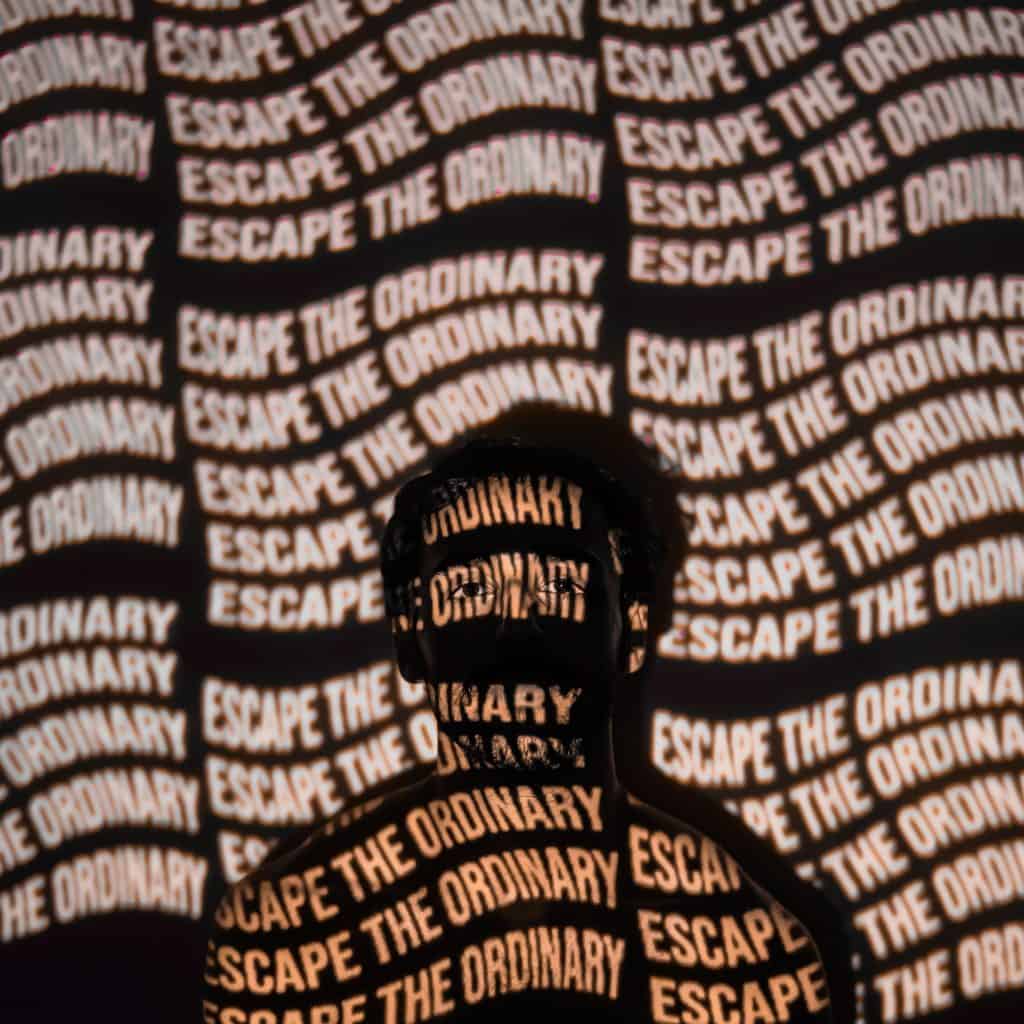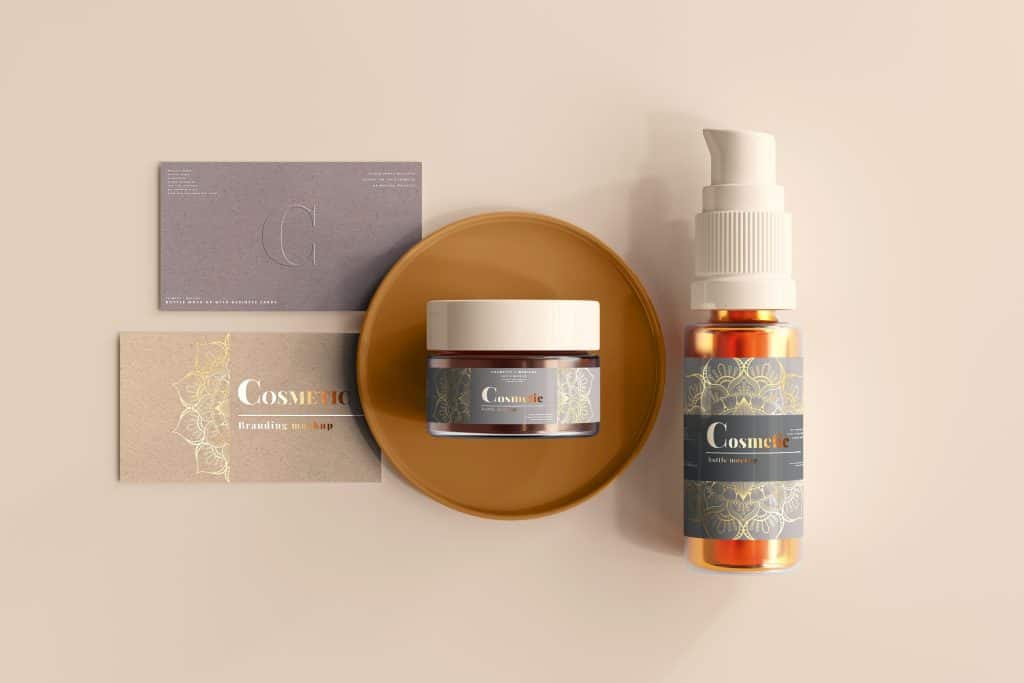Stand Out in Your Market: 12 Sweet Branding Trends

Photo by Dollar Gill on Unsplash If I see another boxy advert, without movement or life, I will scream. Sure, if you have a super-conservative brand (think bank, investment firm, attorney, auditor…), and you want to SCREAM “tradition, we never change, steady as a rock, fun-police,” then it’s your role to be dull blue-suit no personality. For the rest of us, attracting live clients and customers is an exciting challenge. So, step up and look at this year’s brand trends: Example: You are about to release your summer recipes. Try a poll: What’s your favorite summer dessert? We’ll feature the winner on the book’s cover! Best in Class: Heineken’s Go Places interview to learn about their applicants. You can take the interview here. 2. Daring Nostalgia. Incorporating bubble-gum colors (blah), neon and chunky fonts, mascots like Mr. Peanut, and psychedelia are in. Think 50s, 60s, 70s and 80s. Reference yesteryear and earn points. Example: Show a video of photo developing next to a video showing image editing. Talk about the possibilities. Best in Class: Adobe’s love of Bob Ross. 3. Powerful Use of Color. Impactful, clashing, and contrasting tones (like my brand colors) will stand out. The goal is to boost instant recognition. Example: You may not want to rebrand and change your company colors, but you can incorporate powerful colors in your advertising. Best in Class: Pantone’s Viva Megenta. 4. Anti-design. Return to the 90s, mix things up — break design rules with blended font families, misplaced pixels, and overlaid visuals. Think grunge, rave, and controversy. Best in Class: Too many to mention! 5. New Eco. We want to protect the planet. But we are setting aside the green and brown go-to and focusing on minimalistic design. Think elegant and understated. Recycled packaging. The vital point: Your product must be eco-friendly or your branding will fail. Best in Class: The Body Shop Example: Consider eco branding for personal care products, clothing, food, and gardening businesses. Stress your recyclable packaging! 6. Animated Logos. Think the Google “G.” Video has long topped still images. The same is applying to logography. Think liquid and alive. You can find programs online, like Canva, to help you animate your current logo for digital use. Best in Class: Lots of examples from 99 Designs. 7. Statement Typography. Mismatched fonts, motion effects, and odd placement are key. 3D typography and san serifs are alive and well. For inspiration, peruse these fonts from Juke Box Print. 8. Humanized Brands. Along the authenticity train track, get raw, honest, and candid tone. Speak true. Be honest. This trend directly connects with customer and client values and is a key to relationship creation and maintenance. But you don’t need to change your brand strategy! A shift in your approach in your advertising and on social media can show your human side. A simple behind-the-scenes video or photos from the company picnic can do the trick! 9. Humor & Satire. A direct route to humanizing one’s brand, the use of humor and satire builds authentic conversation and relatability. Best in Show: Dollar Shave Club and Dissolves Generic Millennial Ad. 10. User-Generated Content. Invite your customers and clients to post their experiences–visually and verbally. Not only does this build connection through a conversation, but also intensifies loyalty. Your customer becomes part of the plan. Example: Work with your web designer or social media manager to incorporate an interactive platform. Encourage customers or clients to respond to questions or enter contests with images and video. Amazon has mastered this tool by encouraging customers to post images of purchased products, no matter the experience! 11. Mission First Branding. Akin to eco-branding and humanized branding, mission first branding uses company values throughout all efforts. Example: You have donated a portion of your profits to animal shelters for twenty years. Let your customers know! Use a puppy mascot — tell how you helped. Just ensure you aligned your effort with your brand (don’t boast you are eco-friendly and dump chemicals in the nearest river!) Example: A photographer friend specializes in professional headshots and school photography. For teacher’s day, she provides free headshots. She discounts birthday sessions for students. She offers sessions at the library on reading days — family and education friendly! 12. Retro Collage. Tare the edges. Randomize your images. Mix your media. Chanel is embracing this trend, so I guess it appeals. Get some stickers. Here are some great ideas to inspire you. I’m not a big fan. But I also refuse to scrapbook no matter who invites me to one of those scrapbooking groups. Which leads me to my last point and characteristic reflective, possibly disregarding, opinion: Trends are fun–but if you cannot incorporate a trend effectively into your brand identity or marketing plan, skip it.
Successful Entrepreneurs Know: Brand Before Business – or Bust!

Photo by pmv chamara on Unsplash You had so much energy and joie de vivre when you launched your business. This morning, you surf the classifieds to find a j.o.b.. The wind is gone; your sails are flaccid. You had a good idea. You gave it the college try. Wait. As a business coach and content expert, I’m going to ask you the right question: What is your brand identity? Huh? You heard me. You know what product or products you’re hawking. Or what services you provide. You set up the website. Got the fancy digital business card. Paid Mark Zuckerberg for social media posts. You did SEO. You did everything right. And most importantly, you are an expert in your field. Or your product is beautiful, useful, fabulous. You should be a billionaire by now. Nope. You know why? Because you didn’t work on your brand identity first. Rush to Failure I’ve been an entrepreneur for over thirty years, have six successful ventures behind me, and three operating now. I have coached hundreds of entrepreneurs. Almost every new business rushes to the market without knowing the market and how they fit in the market! This is a simple matter. Basic communication. The meaning of any communication – marketing included – rests with the person listening. Not with you. Not with the business. But with the consumer. So, you must learn to talk to that person in a way that person expects and wants. And they have to want to listen to you. Don’t bother printing business cards or paying for a year of website hosting until you know who you are, who your customers are, and who you need to be to engage those customers in conversation. Marketing gurus call this step: Branding. What is Branding? Branding is the communication choices that you make to represent your brand. Your brand is the personality you choose to connect effectively with your audience’s values, attitudes, and emotions. Branding differentiates you from competitors, nurtures recognition, enhances value and customer relationships, and ensures create cohesion. Which company would associate with this image: Disney or Harley Davidson? (Open Source Image from WebstockReview.net) That’s obvious. Sure. But every company strives – or should strive – for those powerful associations. You know who they are – and you know, as a consumer, if you like it, want to be associated with it, or want to buy from them. Some of this, you already know – but you were so excited to make money that you jumped and figured you would do all that branding stuff later. Whoops. No worries. Spilt milk and more cliches. We’re human. You can fix this! In 2016, I started my photography side-hustle. For a while, clients dripped in through referrals… but I wanted the business to be more than a side-hustle. So, I launched a website, created business cards, blah, blah. And nothing. Crickets. More cliches. Ready? Physician heal thyself. I know Branding Before Business. I’ve advised every client to do just that. But I rushed to market and failed. No matter the industry, branding is the key to business success. Every business needs a brand identity: the design elements, word choice, color scheme – even the business name – to attract the target consumer. Branding includes personal branding, corporate branding, product or service branding… Every communication that originates from your business should be cohesive to that brand choice. Your business has seven seconds to make that first impression. To stand out in the crowd. To capture your target customer or client. Or that consumer will swipe and forget you. You must ensure you are speaking your special person’s language. Just like you are about to do, I grew my business with solid branding. What to Do? Branding takes effort – which is why most budding entrepreneurs skip it. Consider simple communication: You have to craft what you say to help the listener understand you. If you use slang with grandma, she’ll frown. If you use formal language with friends, they’ll laugh at you. It’s not… another cliche… rocket science. But it is vital. Step 1: Be Authentic You need to know who you are and what values you hold. I don’t state that lightly. What’s your personal brand? Are you a person of integrity? Are you fun? Are you serious? Are you down-to-earth or posh? What are your priorities? What needs are important to you? When branding my photography business, I took a weekend and seriously examined who I am as an artist. My photos are not light and bright. I prefer action and capturing candid moments. I detest canned, cute poses. Detest. I’m edgy. Honest. Raw. Realizing this bothered me. All the other local photographers were light and bright and had these cute, pretty images. They were making money. I was scared. But I forged ahead. I can’t be cute and soft. It’s not me. And selling it would be impossible for me. List your values. Note your attitudes on social topics. Make a list of brands you admire – and consider why you admire them. Step 2: Identify Your Customer or Client Persona Who’s buying your product or choosing your service? This is an important step. Once you have clearly defined your product or service, answer these questions: Here’s my abridged client profile: My ideal client is a male or female GenX who enjoys being different. They listen to alternative music. They don’t have that 9-5 corporate job. They like adventure and take risks. They are entrepreneurs or have side-hustles. Top middle class. Very authentic. Anti-establishment. They rage against authority and don’t vote the party ticket. They are self-educated or traditionally educated but know a degree is what you do with it (cognitively complex). They are self-sufficient and self-made. They care about personal freedom. They don’t care about social media unless it’s memes or satire. They enjoy life and choose excitement over the popular. They respect authenticity and honesty. They buy lingerie and sex toys, sports equipment, motorcycles, have high